Home>Interior Design>Mexican Decor: 9 Periods In This Vibrant Country’s Rich History
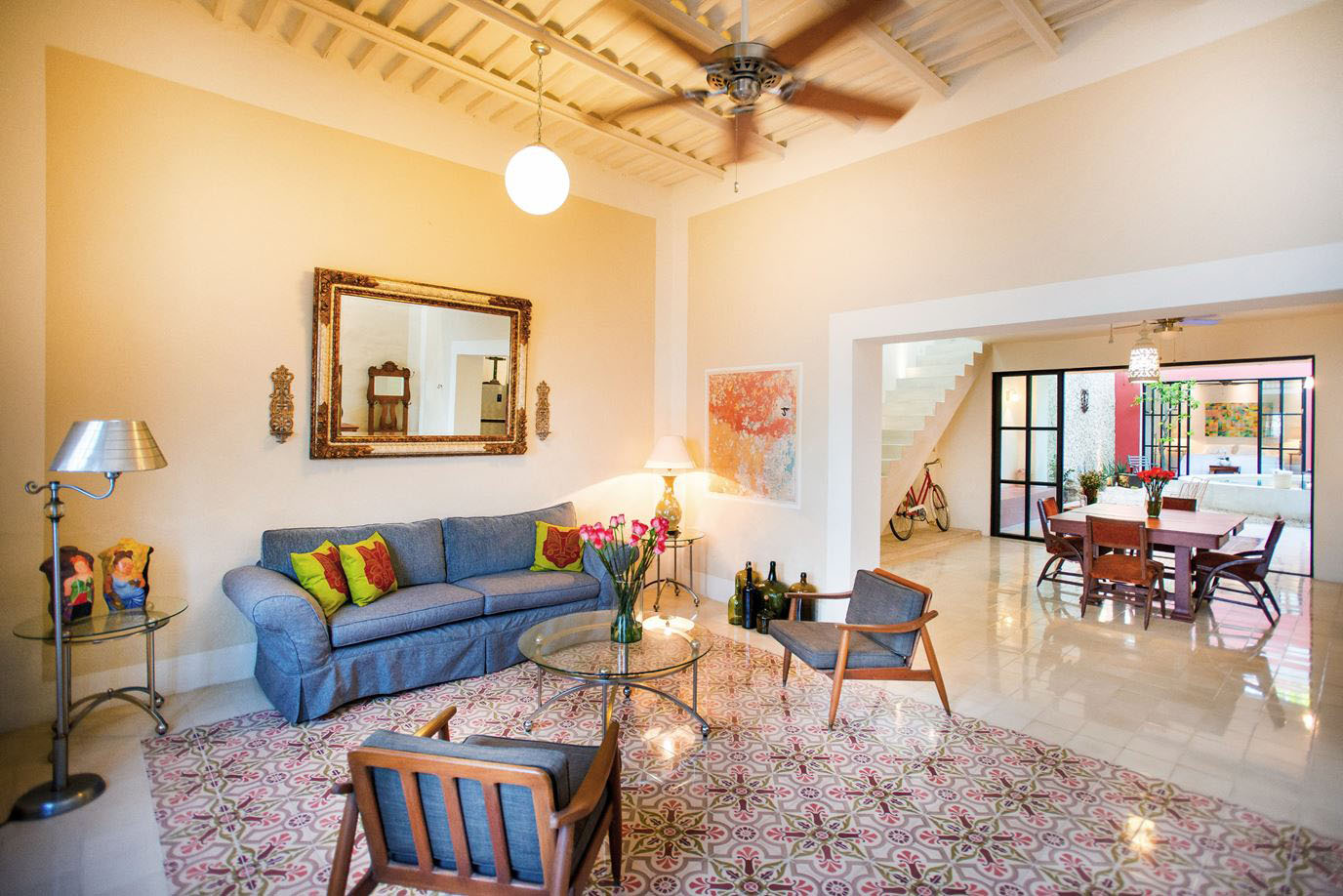

Interior Design
Mexican Decor: 9 Periods In This Vibrant Country’s Rich History
Modified: October 20, 2024
Discover the stunning interior design of Mexican decor, highlighting 9 periods from the country's vibrant history. Immerse yourself in the rich cultural heritage and vibrant colors that reflect Mexico's diverse artistic traditions.
(Many of the links in this article redirect to a specific reviewed product. Your purchase of these products through affiliate links helps to generate commission for Storables.com, at no extra cost. Learn more)
Pre-Columbian Period
Mexico’s rich history is rooted in its Pre-Columbian period, which dates back thousands of years. This period refers to the time before the arrival of Christopher Columbus in the Americas in 1492. During this period, several indigenous civilizations thrived in what is now modern-day Mexico, each with their own distinct cultures and artistic traditions.
One of the most well-known ancient civilizations in Mexico is the Maya civilization, which flourished in the southern regions of the country from around 2000 BC to 1500 AD. The Maya were renowned for their advanced knowledge of astronomy, mathematics, and architecture. Their cities featured impressive pyramids and temples adorned with intricate artwork and hieroglyphic inscriptions.
Another prominent Pre-Columbian civilization in Mexico was the Aztecs, who established the vast and powerful Aztec Empire in the 14th century. The Aztecs built their capital city, Tenochtitlan, on an island in Lake Texcoco. They constructed an intricate system of canals, causeways, and gardens, showcasing their advanced engineering skills.
The Pre-Columbian civilizations of Mexico excelled in various art forms, including pottery, sculpture, and weaving. They used vibrant colors and intricate patterns to depict scenes from their daily lives, as well as mythological and religious themes. Many of these artworks have been preserved and can be admired in museums throughout Mexico.
A notable archaeological site from the Pre-Columbian period is Teotihuacan, located near Mexico City. It was a significant city during its time, known for its grand pyramids, including the Pyramid of the Sun and the Pyramid of the Moon. Teotihuacan is thought to have influenced later Mesoamerican civilizations, including the Aztecs.
The Pre-Columbian period in Mexico was characterized by a deep connection to nature and spirituality. The indigenous peoples revered the natural elements, such as the sun, moon, and rain, and incorporated them into their religious practices and artwork.
Overall, the Pre-Columbian period in Mexico laid the foundation for the country’s rich cultural heritage. The art, architecture, and traditions of these ancient civilizations continue to inspire and influence Mexican design and decor to this day.
Key Takeaways:
- Mexico’s rich history spans from Pre-Columbian civilizations to modern design. The fusion of indigenous, European, and global influences has shaped a vibrant and diverse design landscape that continues to evolve.
- From the Spanish Colonial period to the Mexican Miracle, each era left a unique imprint on Mexican design. The blend of tradition, modernity, and sustainability defines the dynamic and forward-thinking design scene of modern Mexico.
Read more: What Do Mexicans Like For Home Decor
Spanish Colonial Period
The Spanish Colonial period in Mexico began with the arrival of Spanish conquistadors led by Hernán Cortés in 1519. This period lasted for nearly 300 years and had a significant impact on Mexican culture, including its design and decor.
During the Spanish Colonial period, the Spanish imposed their architectural and artistic styles on the existing indigenous cultures. They introduced European architectural elements, such as arches, columns, and ornate facades, which can be seen in many colonial buildings in Mexico.
The most notable architectural style of this period is the Baroque style, characterized by its ornate decorations and intricate detailing. Churches, cathedrals, and government buildings were constructed in this style, featuring elaborate sculptures, frescoes, and gold leaf accents.
The fusion of Spanish and indigenous influences is evident in the decorative arts of the Spanish Colonial period. Skilled artisans used local materials and techniques to create intricate woodcarvings, ironwork, and tilework. Talavera pottery, with its vibrant colors and intricate patterns, became a popular art form during this time and is still highly regarded today.
The Spanish also brought their own furniture styles to Mexico. Influenced by European designs, furniture pieces were often made from fine woods, such as mahogany and cedar, and adorned with carved details and decorative inlays.
The Spanish Colonial period had a significant impact on religious practices in Mexico. The Catholic Church played a central role in colonial society, and churches became important architectural and artistic focal points. Beautifully adorned altarpieces, religious paintings, and sculptures were created to embellish these sacred spaces.
The Spanish Colonial period also saw the establishment of haciendas, large estates owned by Spanish landowners. These estates featured grand hacienda homes with courtyards, gardens, and decorative tiles. The interiors often showcased luxurious furnishings, such as Cantera stone fireplaces, ornate chandeliers, and handcrafted furniture.
Despite the Spanish influence, indigenous traditions and aesthetics persisted. The blending of these two cultures created a unique design style that is distinctly Mexican.
The Spanish Colonial period left an indelible mark on Mexican design and decor. Its influence can still be seen in the country’s architecture, artwork, and cultural practices. The combination of European and indigenous elements continues to shape the vibrant and diverse design landscape of Mexico today.
War of Independence
The War of Independence, which took place from 1810 to 1821, marked a turning point in Mexican history. It led to the end of Spanish colonial rule and the birth of the Mexican nation. This pivotal period in Mexico’s history also had an impact on the country’s design and decor.
During the War of Independence, nationalist sentiment grew among the Mexican population. This newfound sense of identity influenced various aspects of Mexican culture, including its art and design. Mexican artisans began to incorporate patriotic symbols and themes into their work, reflecting the desire for independence and nationhood.
The architectural style of this period was characterized by an eclectic mix of European and indigenous influences. Buildings reflected a sense of national pride and showcased a unique Mexican identity. Some of the prominent architectural styles during this time included Neoclassical and Churrigueresque, blending European design with Mexican flair.
Artisans and craftspeople played a vital role in expressing the spirit of the War of Independence through their work. Talavera pottery continued to thrive, incorporating patriotic motifs, such as the Mexican flag and images of famous independence leaders. Handcrafted textiles and embroidery also featured designs inspired by the struggle for freedom, incorporating symbols of hope and unity.
The War of Independence had a profound impact on religious practices in Mexico as well. The Catholic Church, which had significant influence during the Spanish Colonial period, faced challenges as the nation sought independence. While the Catholic faith remained prevalent, there was a growing demand for a more inclusive and nationalistic approach to religious expression.
The end of the War of Independence marked the beginning of a new era for Mexico. The country’s newfound independence sparked a renewed sense of creativity and experimentation in the arts. Mexican artists and designers sought to break away from European conventions and embrace a distinct Mexican aesthetic.
This era also saw a renewed interest in indigenous traditions and a celebration of Mexican folklore and cultural heritage. Traditional craftsmanship and weaving techniques were revived and incorporated into contemporary design. The vibrant colors, patterns, and symbolism of indigenous cultures began to shape Mexican design, creating a unique fusion of traditional and modern elements.
The War of Independence paved the way for Mexico’s cultural renaissance. It ignited a sense of national pride and inspired the development of a distinctly Mexican design and decor style. The spirit of independence and the quest for freedom continue to influence Mexican design to this day, serving as a reminder of the nation’s rich history and resilient spirit.
French Intervention
The French Intervention in Mexico, which occurred from 1861 to 1867, was a significant period in Mexican history that had a notable impact on the country’s design and decor. This period was characterized by the French army’s invasion and the establishment of the short-lived Mexican Empire led by Emperor Maximilian I.
French influence during this time brought a shift in architectural and design trends in Mexico. The French introduced their refined and elegant style, which was influenced by neoclassical and Second Empire aesthetics. These styles emphasized symmetry, ornate detailing, and grandeur, shaping the look and feel of buildings constructed during the French Intervention period.
One of the notable architectural achievements of this time is the construction of the iconic Palacio de Bellas Artes in Mexico City. This exquisite building showcases the Beaux-Arts architectural style, featuring a combination of neoclassical and art nouveau elements. It stands as a testament to the French influence on Mexican architecture.
French designers and artisans also played a role in shaping Mexican interior design during this period. The French decorative arts were highly regarded for their craftsmanship and attention to detail. Luxurious furnishings and decor, such as ornate chandeliers, intricate woodwork, and plush fabrics, became popular among the Mexican elite.
The French Intervention also brought a renewed appreciation for European-inspired gardens and landscaping. French-style gardens, with their manicured lawns, symmetrical layouts, and decorative features like fountains and statues, became a symbol of elegance and sophistication.
Maximilian I and his wife, Empress Carlota, sought to establish a European-style court in Mexico. They commissioned French and European artists to create art and decor for their residences, infusing Mexican homes with a blend of European elegance and Mexican cultural elements. This fusion of styles created a unique design aesthetic that reflected both the influence of the French and the local heritage.
Despite the French influence, resistance to the intervention continued among the Mexican population. The period was marked by conflict, and eventually, the French rule was overthrown, leading to the restoration of the Mexican Republic in 1867.
The French Intervention left a lasting impact on Mexican design and decor. It introduced new architectural styles, refined interior design, and European-inspired aesthetics to the country. This eclectic mix of influences, blending French sophistication with Mexican heritage, created a unique design language that continues to shape Mexico’s design landscape today.
Porfiriato
The Porfiriato, also known as the Porfirian era, refers to the period of Mexican history from 1876 to 1911 when General Porfirio Díaz held power as the President of Mexico. This period was marked by significant political stability and economic growth, which had a profound impact on Mexican design and decor.
Under Porfirio Díaz’s rule, Mexico experienced a wave of modernization and industrialization. The government prioritized infrastructure development, including the construction of railroads, telegraph lines, and modern factories. This era brought about a shift in architectural and design trends in Mexico, embracing a more modern and cosmopolitan aesthetic.
The architecture of the Porfirian era was heavily influenced by European styles, particularly French and Italian influences. European architects were commissioned to design grand buildings and mansions, resulting in a blend of neoclassical, art nouveau, and eclectic architectural styles. Prominent examples include the Palacio de Correos in Mexico City and the Grand Hotel in Veracruz.
The Porfirian era also saw the rise of Modernisme, a style that emerged in Europe during the late 19th and early 20th centuries. Modernisme emphasized organic forms, curved lines, and the integration of nature into design. This style, also known as Art Nouveau, influenced the decorative arts, furniture design, and even jewelry during this period in Mexico.
The Porfiriato brought about a sense of opulence and luxury, particularly among the wealthy elites. The interiors of mansions and public buildings were adorned with elegant furnishings, ornate details, and luxurious materials such as marble, glass, and gold accents. French-inspired furniture, porcelain, and crystal chandeliers were prevalent in the homes of the affluent.
The emergence of the middle class during the Porfiriato also led to changes in interior design. While still influenced by European styles, the middle class embraced simpler, more accessible forms of decor. The use of local materials and craftsmanship became more prominent, creating a distinct Mexican flair within the overall European-inspired aesthetic.
The Porfiriato’s focus on economic growth and progress extended to urban planning and public spaces. Parks, boulevards, and plazas were designed with a combination of neoclassical and art nouveau influences. Prominent examples include Mexico City’s Alameda Central park and the Paseo de la Reforma, a grand boulevard that showcased European-inspired statues and monuments.
The Porfirian era came to an end in 1911 with the outbreak of the Mexican Revolution, which sought to address social and political inequalities. The revolution brought about a significant shift in Mexico’s design and decor, as the subsequent period focused on embracing indigenous roots and reflecting the ideals of the revolutionaries.
The Porfiriato, despite its controversy, left a lasting impact on Mexican design and decor. Its embrace of European influences, modernization, and grandeur shaped the architectural landscape and influenced the aesthetic sensibilities of the time. The Porfirian era remains a significant chapter in Mexican design history, representing a fusion of European and Mexican elements during a critical period of transformation in the country.
Tip: When decorating with Mexican decor, consider incorporating elements from the 9 periods of Mexico’s history, such as pre-Columbian, colonial, and modern influences, to create a vibrant and diverse aesthetic.
Mexican Revolution
The Mexican Revolution, which took place from 1910 to 1920, was a transformative period in Mexican history that had a profound impact on the country’s design and decor. This revolution was a social and political upheaval that aimed to address longstanding inequalities and bring about significant reforms.
During the Mexican Revolution, a sentiment of nationalism and a desire to reclaim Mexican identity emerged. This sentiment influenced the arts, including design and decor. The revolutionaries sought to embrace indigenous culture, celebrate local traditions, and reject European influences that were prevalent during the Porfirian era.
As the revolution gained momentum, Mexican design began to reflect the ideals of the revolutionaries. The use of indigenous motifs, symbols, and traditional craftsmanship became prominent in decorative arts and architecture. The goal was to reclaim a sense of Mexican identity and preserve the cultural heritage that had been marginalized during previous periods.
The architecture of the Mexican Revolution era emphasized simplicity, functionality, and accessibility. Rather than elaborate and opulent structures, buildings were designed to serve the needs of the people. The use of natural materials, such as adobe and wood, became prevalent, reflecting the resourcefulness and ingenuity of the revolutionaries.
Furniture and decor during this period also embraced a more utilitarian approach. The focus was on practicality and durability rather than ornate embellishments. Simple, sturdy furniture made from locally sourced materials, such as pine and mesquite wood, became common.
The Mexican Revolution gave rise to the muralist movement, a form of public art that aimed to educate and inspire the population. Artists like Diego Rivera, David Alfaro Siqueiros, and José Clemente Orozco used large-scale murals to depict scenes of social struggle, indigenous culture, and national identity. These murals became powerful symbols of the revolution and an integral part of Mexico’s artistic legacy.
Textiles and traditional crafts also played a significant role in reflecting the spirit of the revolution. Weavers and artisans showcased their skills by creating intricate embroidery, colorful textiles, and handmade pottery that honored indigenous traditions. These crafts became a source of cultural pride and a means of economic empowerment for local communities.
As the revolution came to an end, Mexico entered a period of nation-building. The promotion of education, land reform, and social justice became top priorities. This new era brought about a renewed interest in Mexican folklore, traditional music, and indigenous customs, which further influenced design and decor across the country.
The Mexican Revolution period marked a significant shift in Mexican design and decor. It celebrated the country’s indigenous heritage, reintroduced local craftsmanship, and embraced a more inclusive and accessible aesthetic. The artistic expressions born out of the revolution continue to shape Mexican design to this day, serving as a reminder of the country’s complex history and resilient spirit.
Post-Revolutionary Mexico
The post-revolutionary period in Mexico, spanning from the 1920s to the 1940s, was a time of political and social transformation. It was characterized by the implementation of revolutionary ideals and the pursuit of a more egalitarian society. This period had a profound impact on Mexican design and decor, showcasing a fusion of indigenous, European, and modern influences.
Following the Mexican Revolution, the government sought to foster national unity and preserve Mexican identity. Indigenous cultures and traditions were embraced, and efforts were made to incorporate their aesthetic sensibilities into the arts and design. This led to a revival of indigenous craftsmanship, traditional techniques, and the use of native materials.
The architectural landscape of post-revolutionary Mexico reflected a renewed appreciation for indigenous and vernacular styles. The use of adobe, wood, and other local materials became more prevalent in construction. Architectural designs were influenced by pre-Columbian and colonial elements, often combining traditional forms and motifs with modern functionalism.
One of the notable architectural achievements of this period is the construction of the Ciudad Universitaria in Mexico City. Designed by a team of prominent architects and artists, it embraced modernist principles while incorporating Mexican symbolism and decorative elements. The campus became a showcase of Mexican art, architecture, and cultural heritage.
The post-revolutionary era also witnessed a flourishing of Mexican muralism as a medium for expressing social and political themes. Artists like Diego Rivera, José Clemente Orozco, and Rufino Tamayo created murals that addressed issues of social justice, inequality, and national identity. These murals were often displayed in public spaces, government buildings, and educational institutions.
Furniture and decorative arts during this period were influenced by a blend of indigenous, colonial, and modern styles. Craftsmen incorporated pre-Columbian motifs, traditional techniques, and local materials into their designs. Furniture featured clean lines, functional forms, and often highlighted natural wood tones or vibrant colored finishes.
Textiles also played a significant role in post-revolutionary Mexican design. Traditional weaving techniques and vibrant colors were celebrated, reflecting the rich textile traditions of indigenous communities. Embroidery, textile patterns, and hand-woven fabrics became popular in both interior decor and fashion.
The post-revolutionary era fostered a renaissance of Mexican design and decorative arts. It encouraged the recognition and preservation of indigenous traditions, while also embracing modernity and the ideals of social progress. This period laid the foundation for the development of a distinctive Mexican design aesthetic that continues to evolve and inspire designers and artisans to this day.
Mexican Miracle
The “Mexican Miracle” refers to the period of rapid economic growth and modernization that took place in Mexico from the 1940s to the 1970s. This era, also known as the “Stability and Development Period,” brought significant changes to Mexican society, politics, and design.
During the Mexican Miracle, the government implemented various economic policies and made significant investments in infrastructure and industrial development. Key sectors such as manufacturing, agriculture, and oil production experienced substantial growth, leading to an expansion of the middle class and an increase in disposable income.
With the newfound economic prosperity, Mexican design and decor became influenced by global trends and the aspirations of the middle class. The desire for modern and stylish spaces led to a shift in architectural styles. Mid-century modernism gained popularity, characterized by clean lines, open layouts, and the use of new materials such as glass, steel, and concrete.
International design movements, including Bauhaus and Scandinavian design, also influenced Mexican design during this period. Modernist furniture, such as sleek tables, chairs, and storage units, became sought after. Functionality and simplicity were prized, with an emphasis on creating spaces that were both aesthetically pleasing and practical.
The Mexican Miracle era also saw the rise of urbanization, as more people moved from rural areas to cities in search of employment opportunities. This led to the expansion of urban spaces and the need for new housing solutions. Affordable housing projects were undertaken, resulting in the construction of apartment complexes and residential developments.
In terms of interior design, the Mexican Miracle era embraced a more eclectic approach. Mexican artisans and designers sought to blend international modernism with traditional Mexican elements. This fusion resulted in the incorporation of vibrant colors, Mexican textiles, and folk art into contemporary design schemes.
The emergence of tourism as a significant industry during this period further influenced Mexican design. Beach resorts, hotels, and tourist destinations embraced a vibrant and tropical aesthetic, with an emphasis on outdoor living spaces, vibrant colors, and bold patterns. Mexican-inspired motifs, such as suns, palm trees, and local flora and fauna, became popular design elements in these settings.
Art also played a vital role in shaping the design landscape during the Mexican Miracle era. Mexican artists like Rufino Tamayo and Frida Kahlo gained international recognition. Their work showcased a unique blend of traditional Mexican influences, contemporary trends, and personal expression.
However, the Mexican Miracle era was not without its challenges. Economic disparities, political corruption, and social unrest eventually led to a decline in the stability and progress of the era. The subsequent decades brought about a reevaluation of the Mexican economic and political systems.
Nonetheless, the Mexican Miracle remains a significant period in the country’s design history. It reflects a time of optimism, modernization, and international influence, which shaped the contemporary aesthetics and design sensibilities of Mexico.
Modern Mexico
Modern Mexico is a dynamic period in the country’s history that reflects the contemporary design trends, innovation, and cultural diversity of the nation. This era encompasses the present time and represents a vibrant and evolving design landscape.
In modern Mexico, design and decor draw from a rich tapestry of influences, blending traditional elements with innovative approaches. Mexican designers and artisans are embracing their cultural heritage while also embracing global trends, creating a design aesthetic that is both rooted in tradition and forward-thinking.
Contemporary Mexican architecture showcases a balance between sustainable design, function, and aesthetics. Architects are incorporating sustainable materials, green infrastructure, and innovative building techniques to create eco-friendly and energy-efficient structures. Mexican architects like Tatiana Bilbao and Alberto Kalach are gaining international recognition for their innovative approaches to design.
The interior design scene in modern Mexico is diverse and dynamic, mirroring the country’s cultural diversity. Designers combine modern furniture pieces with traditional elements, such as handcrafted textiles, artisanal ceramics, and bold colors. The use of vibrant colors inspired by Mexico’s natural landscapes and indigenous traditions adds vibrancy and energy to interior spaces.
Mexican design also celebrates the country’s rich craft traditions. Artisans continue to create intricate textiles, pottery, and handicrafts using traditional methods passed down through generations. These crafted pieces merge traditional techniques with modern sensibilities, showcasing the fusion of contemporary design and cultural heritage.
Mexican artists and designers are also exploring new mediums and pushing the boundaries of creativity. The contemporary art scene in Mexico includes a wide range of styles, from street art and murals to installation art and mixed media. Artists like Gabriel Orozco and Teresa Margolles are known for their thought-provoking and boundary-pushing work.
The rise of digital technology has also influenced Mexican design, with a focus on digital art, animation, and virtual reality experiences. Mexican digital artists are combining traditional art forms with cutting-edge technologies to create immersive and interactive installations.
The concept of sustainability and conscious consumption has gained significant traction in modern Mexico. Designers and consumers alike are embracing sustainable materials, upcycling, and supporting local artisans. This commitment to preserving the environment and supporting local communities is reflected in the design choices and purchase decisions of many Mexicans.
One cannot overlook the importance of Mexican cuisine in the country’s modern design scene. Mexican gastronomy is celebrated worldwide, and its influence extends beyond the plate. Restaurants and cafes are often designed with a blend of modern and traditional aesthetics, creating visually stunning spaces that reflect the rich culinary heritage of the country.
Modern Mexico represents a convergence of tradition, innovation, and cultural diversity in design. The country’s design scene continuously evolves, influenced by both global trends and Mexico’s unique cultural identity. With its creative energy, dedication to craftsmanship, and commitment to sustainability, modern Mexico is poised to leave a lasting impact on the global design stage for years to come.
Frequently Asked Questions about Mexican Decor: 9 Periods In This Vibrant Country's Rich History
Was this page helpful?
At Storables.com, we guarantee accurate and reliable information. Our content, validated by Expert Board Contributors, is crafted following stringent Editorial Policies. We're committed to providing you with well-researched, expert-backed insights for all your informational needs.
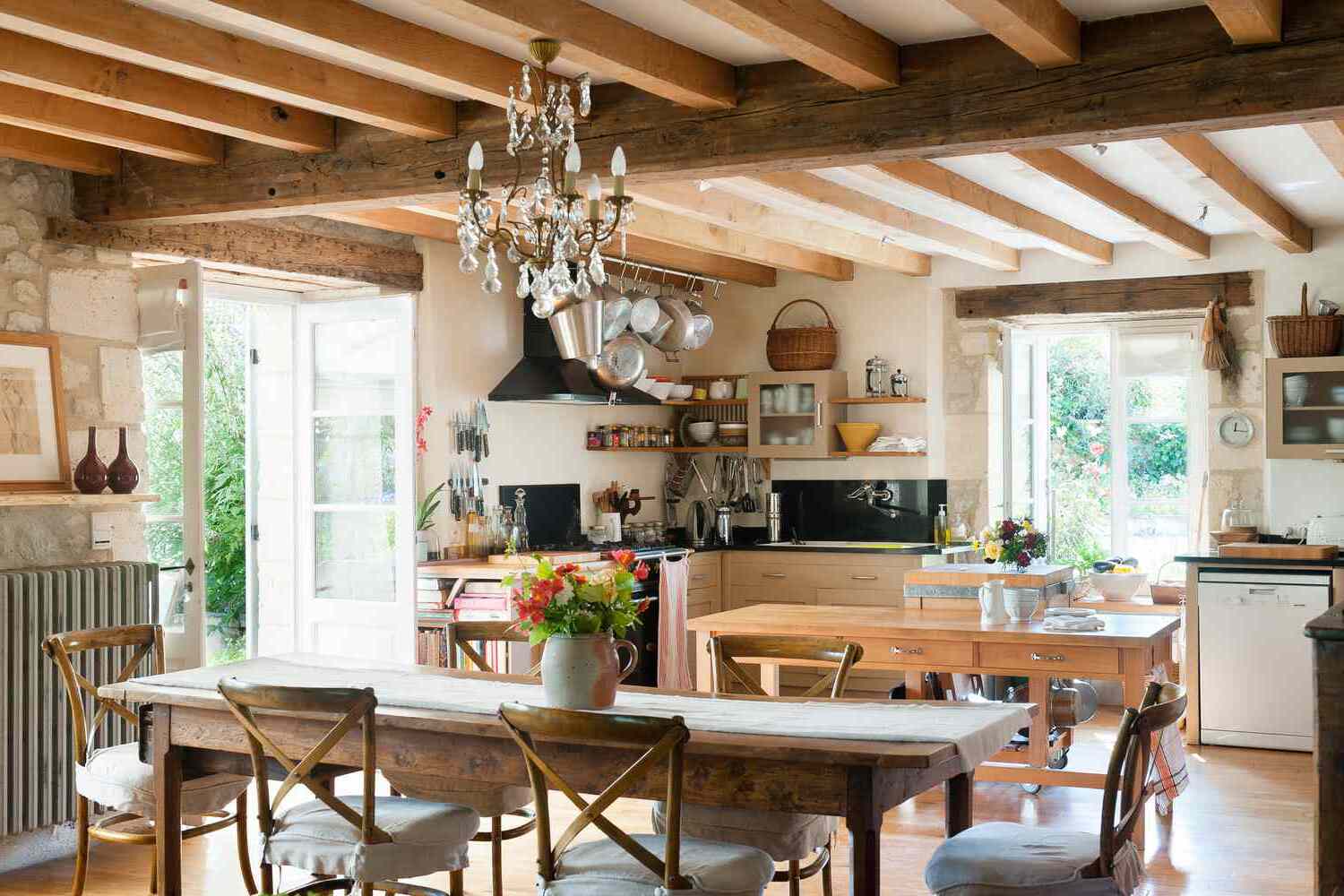
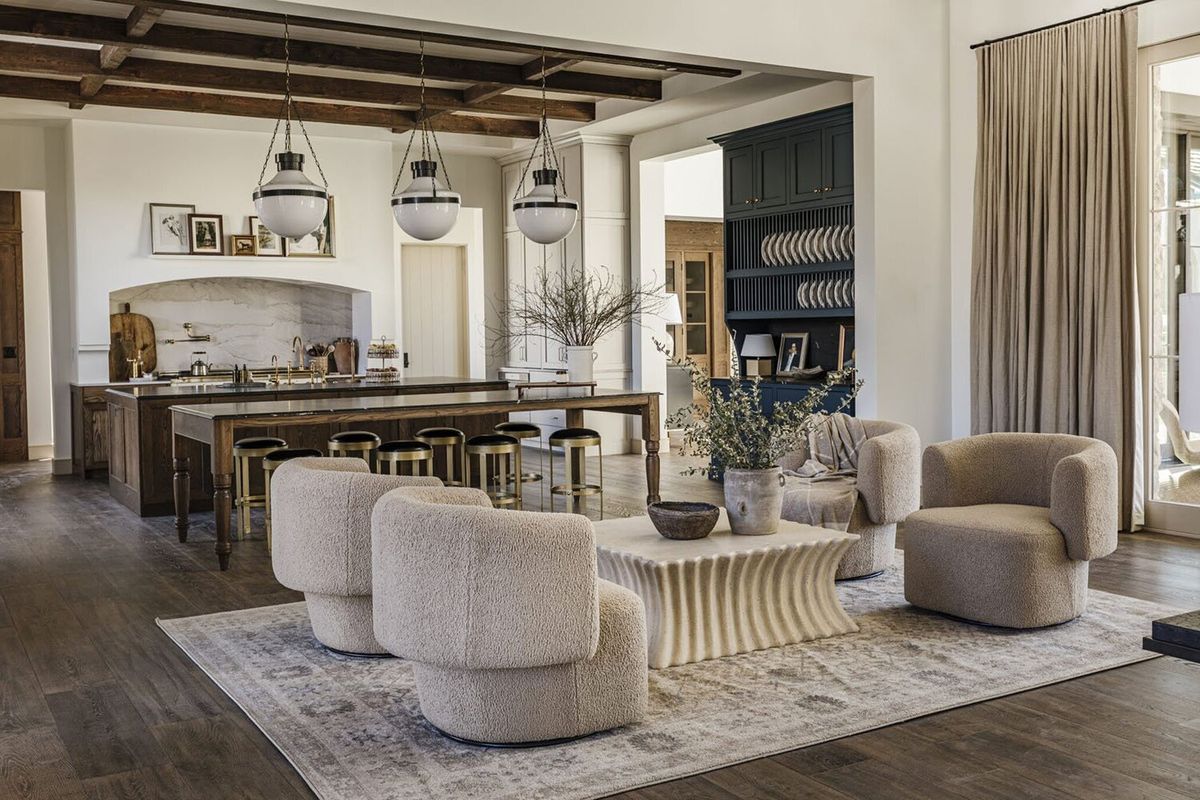
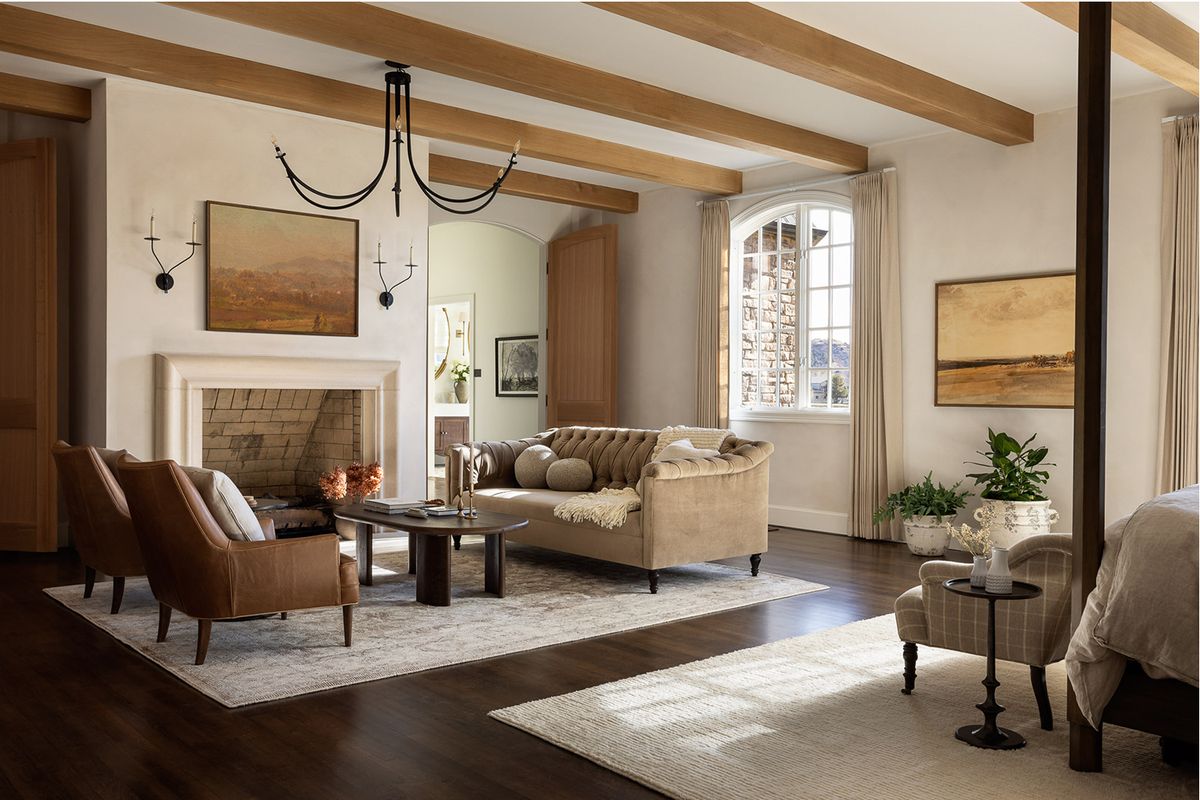
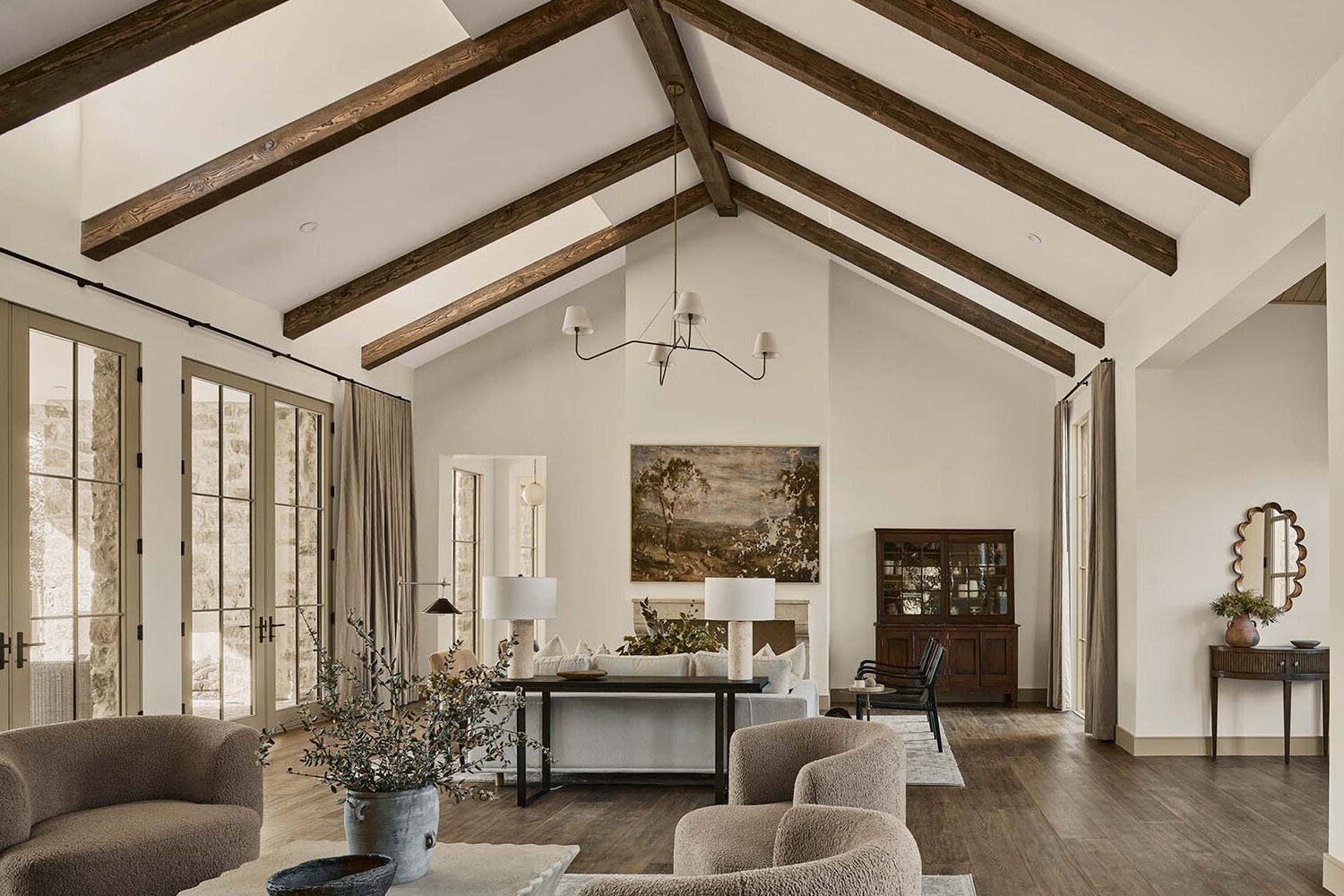
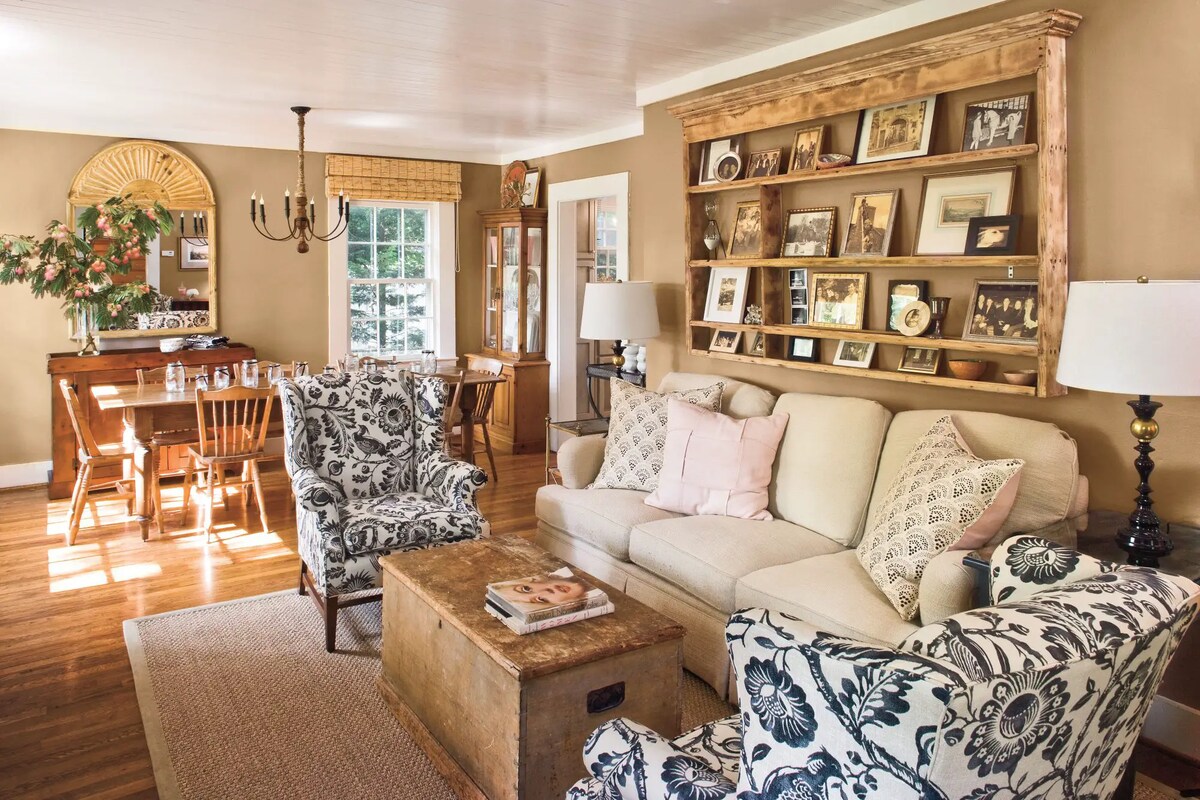

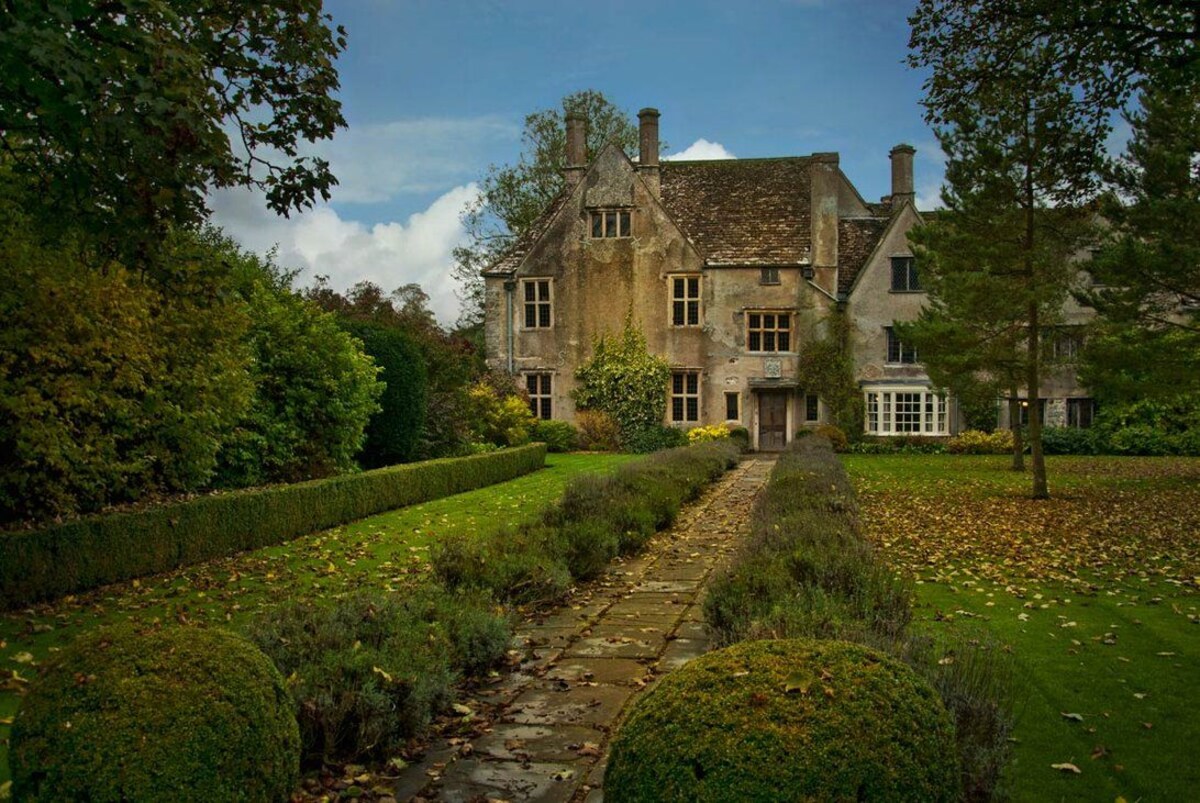
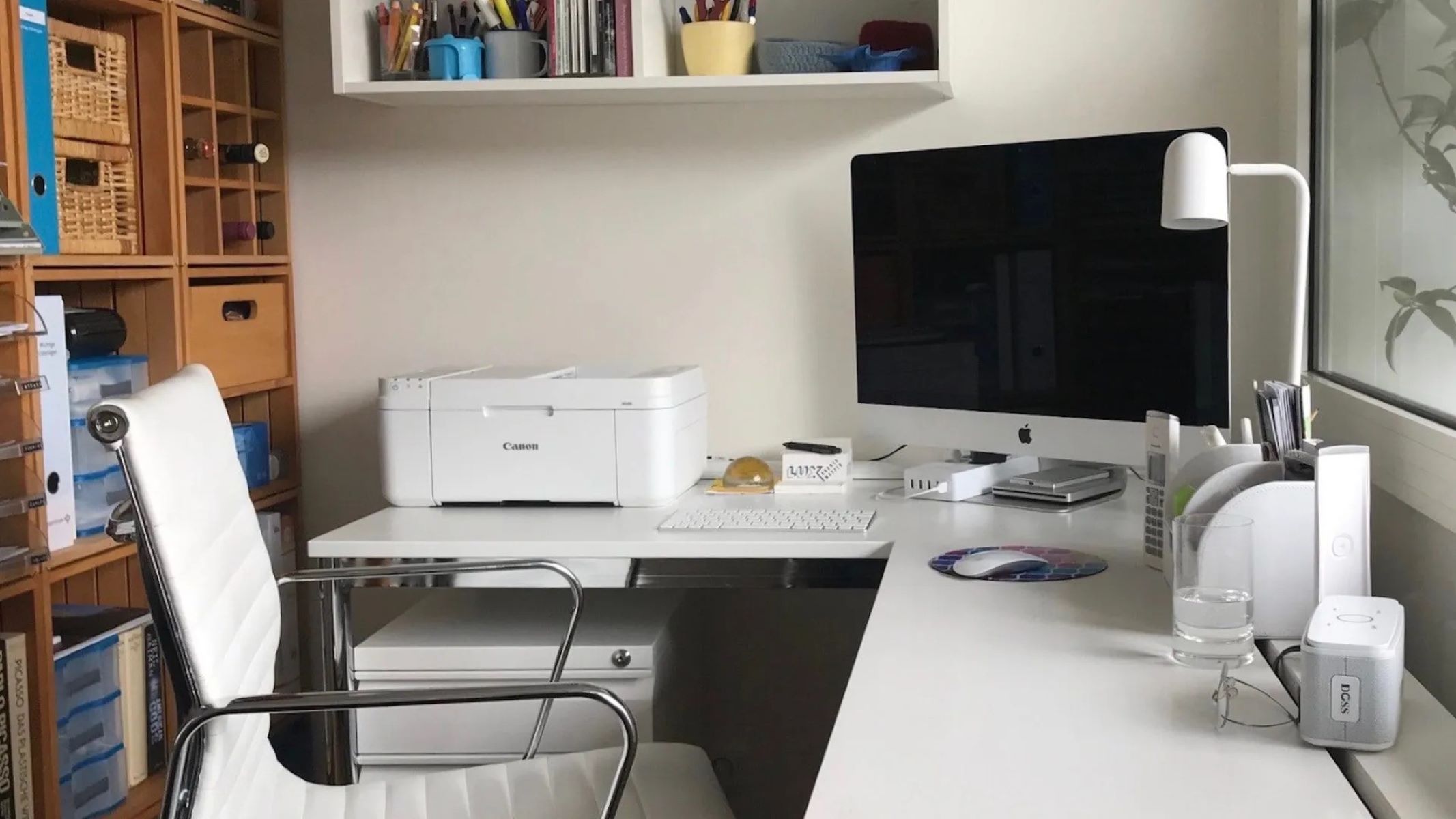

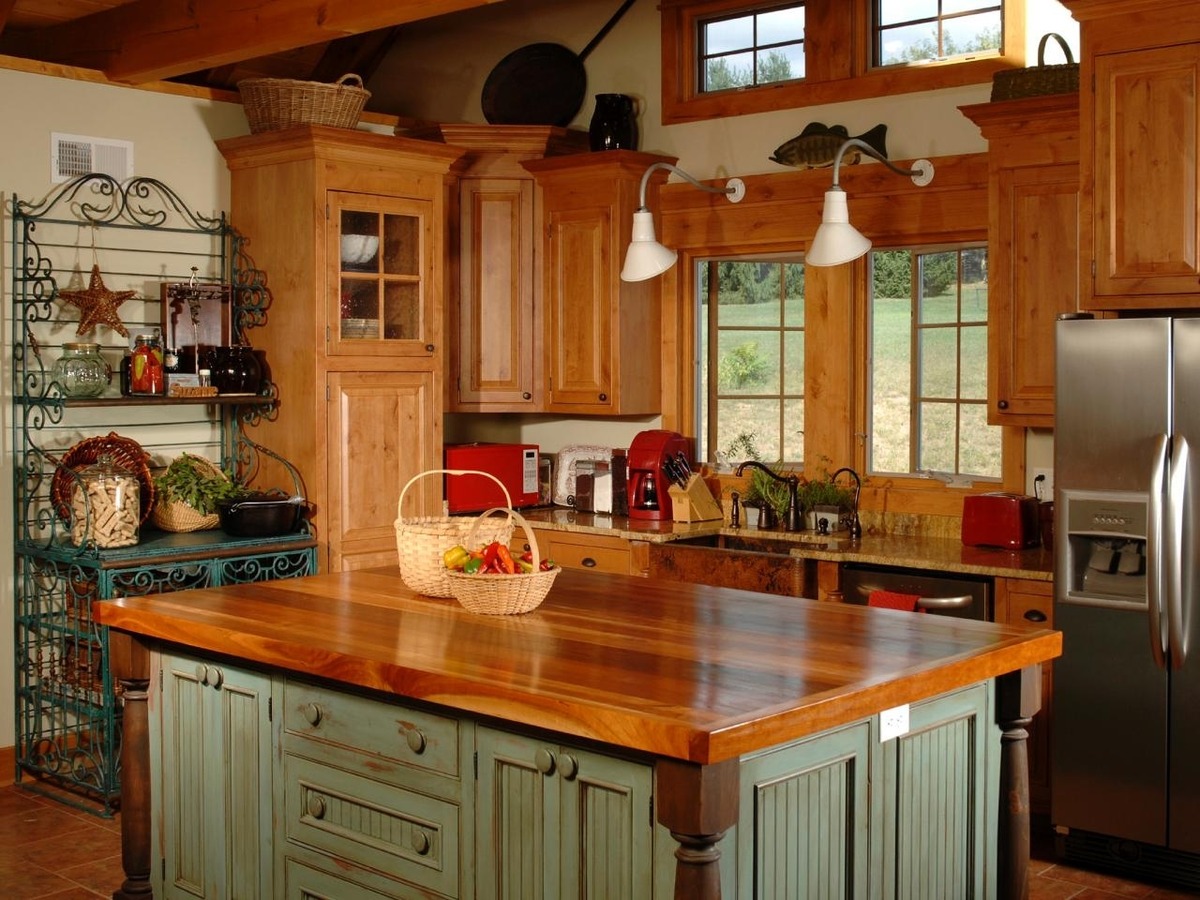



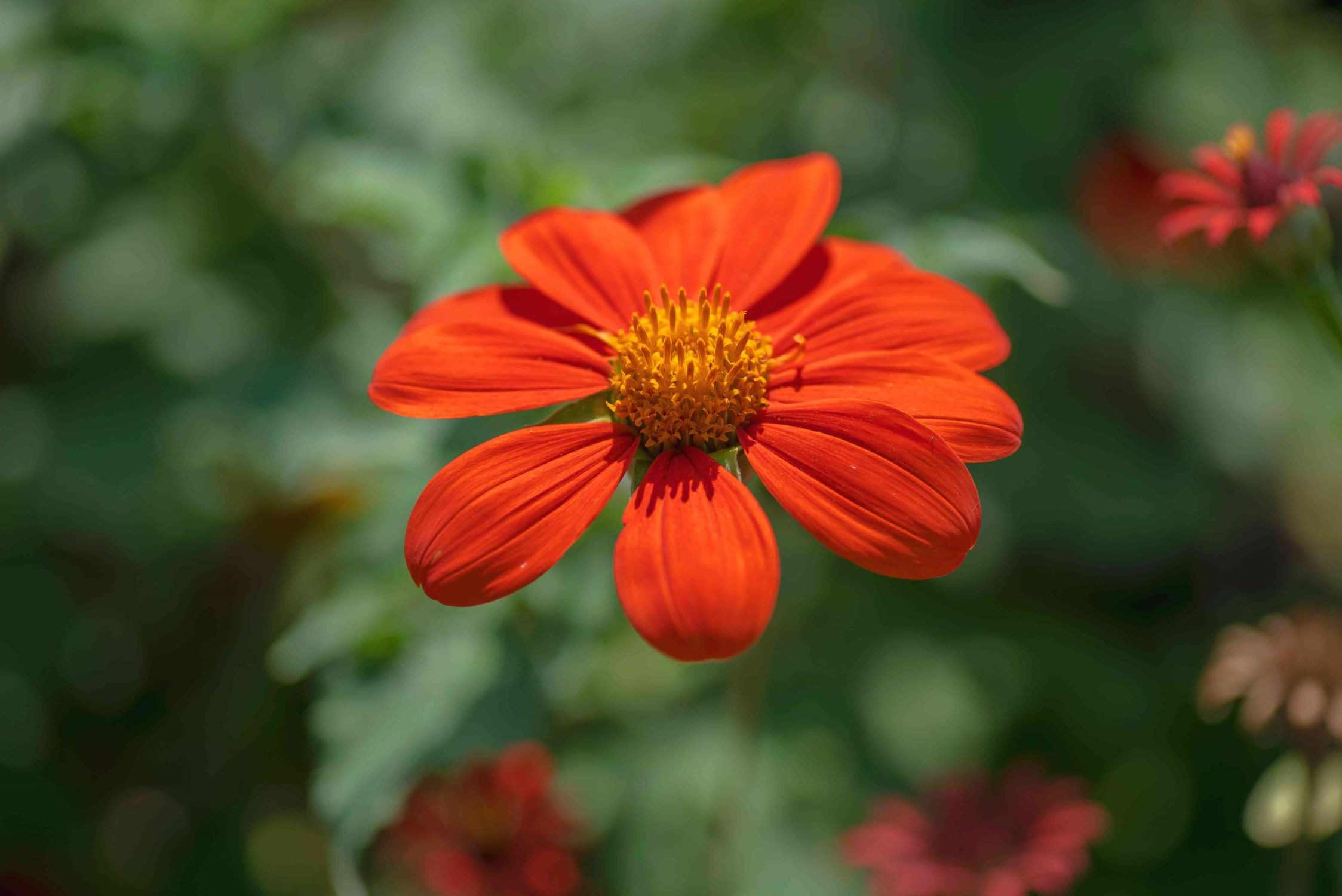

0 thoughts on “Mexican Decor: 9 Periods In This Vibrant Country’s Rich History”